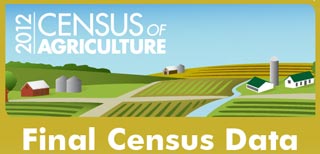The 2014 Farm Bill has yielded two new conservation programs at USDA which have opened their application processes to begin spending up to $368 million across the country to restore wetlands, support outdoor recreation opportunities and boost rural economies.
The new programs are Agricultural Conservation Easements Program (ACEP) and the Voluntary Public Access and Habitat Incentive Program (VPA-HIP).
ACEP is the consolidation of three former programs – the Farm and Ranch Land Protection Program, the Grassland Reserve Program and the Wetlands Reserve Program—into one to make conservation efforts more efficient while strengthening tools to protect land and water according to a USDA release.
ACEP contains two primary components. The first, agricultural lands, provides funds to those eligible for the purchase of agricultural land easements that protect the agricultural use and conservation value of eligible land.
Both ACEP programs have application for funding deadlines in early June 2014. Please check with your regional or county Farm Services Agency office for complete information.
The second is the wetland reserve component which provides landowners funds to purchase an easement and for restoration of wetlands and improving habitat for migratory birds and other wildlife. USDA said that lands that are eligible for a wetland reserve easement include farmed or converted wetlands that can be successfully and cost-effectively restored.
VPA-HIP is a competitive grant program that enables state and tribal governments to increase opportunities for landowners of private lands to make their land available for public recreation.
Landowners may learn more from their regional or county Farm Services Agency or by visiting the Natural Resources Conservation Service online.



